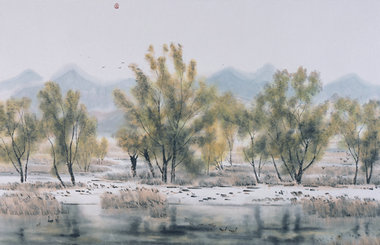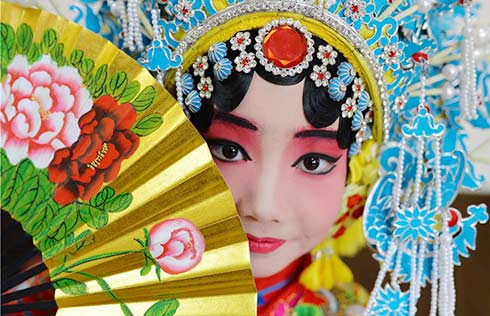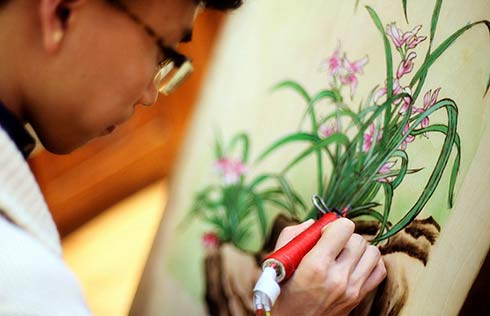

Wang Daocheng, a specialist on Qing history, explained that the landscape and water system were the essence of the Yuanmingyuan Park. First constructed during the reign of the Qing Emperor Kangxi, the imperial garden resembled the general Chinese landscape. Totally manmade, hills were distributed mostly in the northwestern part of the garden and all the rivers ran southeastwards.
According to detailed construction estimates the restoration of hills, waters and plants will cost 150 million yuan (US$20 million) and the reconstruction of the ancient architecture will cost 89.38 million Yuan (US$12 million).
Initially, people against the project claimed that this renovation would cost too much money and add to the country's financial burden. But as China's economic development has rocketed forward others began to pose questions about the invisible damage incurred by allowing the ruins to rest as ruins.
After the renovation plan was devised in 2000, environmentalists rallied against it. According to environmental protection organizations the Yuanmingyuan ruins are home to a variety of wild species, including over 300 types of wild plants and over 160 types of wild birds. They asserted that most of the plants would be destroyed.
In response to the protests, in June 2003 the State Administration of Cultural Heritage (SACH) held a symposium on Yuanmingyuan's renovation and environmental issues. Environmentalists and specialists in environmental protection were invited to the meeting. SACH began to waver whether the renovation project was a boon or a bane for the precious historic relics.
In 2005, most of the plastic sheeting covering the lakebed in Yuanmingyuan was removed. Everyone involved in the project agreed that the Yuanmingyuan renovation should give priority to environmental protection first and foremost.
When the project plan was first developed in 2000, planners had only a general guideline for the renovations; more details would be worked out in the future. During this long-running dispute, the government has managed to develop a clear picture of what the Yuanmingyuan ruins should look like.
Zong Tianliang, spokesman for the management office of the Yuanmingyuan Park, recently said the office was busy modifying the project details at SACH's request. The new project plan will cover all the renovation details including work procedures, specific spots to be renovated and methods to be used to restore the landscape and water system.
According to Chen Zhihua, professor at the School of Architecture at Tsinghua University, project planners should conduct a thorough investigation into Yuanmingyuan’s current situation and mull over the plan before finally submitting it to SACH for examination and approval. For environmentalists, the project planners ought to become more active in regulating measures in order to protect all the ecological systems inside Yuanmingyuan.
Editor: Dong Jirong



